
Rare Surgery Helps Man See Again After Losing Vision for Twenty Years Using His Own Tooth

For more than two decades, Brent Chapman lived in total darkness
For over twenty years, Brent Chapman’s world existed entirely through sound, texture, and memory. A rare allergic reaction when he was just 13 years old had plunged him into blindness, leaving him to navigate a reality defined by touch and intuition. What began as a normal day ended in tragedy when his immune system overreacted to a common medication, triggering a devastating cascade of inflammation that destroyed his corneas.
Doctors tried relentlessly to reverse the damage—performing multiple corneal transplants, experimental grafts, and other surgical procedures—but every attempt failed. Each brief glimpse of light was followed by the cruel return of darkness. Yet Chapman never stopped hoping. The memory of color, faces, and sunlight haunted him, keeping alive his longing to see again, to make eye contact, to witness the details of the world others take for granted.
Now, at 34, that longing has been fulfilled in a way few could imagine. Surgeons have restored his sight using one of his own teeth. The procedure, called osteo-odonto-keratoprosthesis (OOKP), sounds like something out of science fiction—but it’s real, and it has given Chapman back his vision. After years of failed treatments, this “tooth-in-eye” surgery was his last hope. Today, he can see through his right eye for the first time in over two decades—and he’s sharing his story to prove that even the most extraordinary medical miracles can come from the most unexpected places.
The Long Road From Blindness to Hope
Chapman’s blindness was caused by Stevens-Johnson syndrome, a rare and often life-threatening autoimmune reaction that can be triggered by medication such as ibuprofen. Within days, the surface of his eyes was severely scarred, leaving him completely blind. For a teenager, the sudden transition from sight to darkness was devastating. His family recalls how quickly their everyday life changed—from shooting hoops and riding bikes to learning how to navigate the world with a cane and tactile markers.
Doctors explored every available treatment. Chapman underwent more than 50 surgeries, including multiple corneal transplants. Each time, a fragile glimmer of sight would return—only to fade as his body rejected the graft. “It was like getting a glimpse of heaven and then being pushed back into the dark,” he later said. The psychological toll was immense.
Blindness reshaped every part of his life. He faced isolation, frustration, and long periods of depression. Yet, he adapted. He trained as a massage therapist, developing an acute sensitivity to touch and sound that allowed him to live independently. But the desire to see—the human need to connect visually—never left him.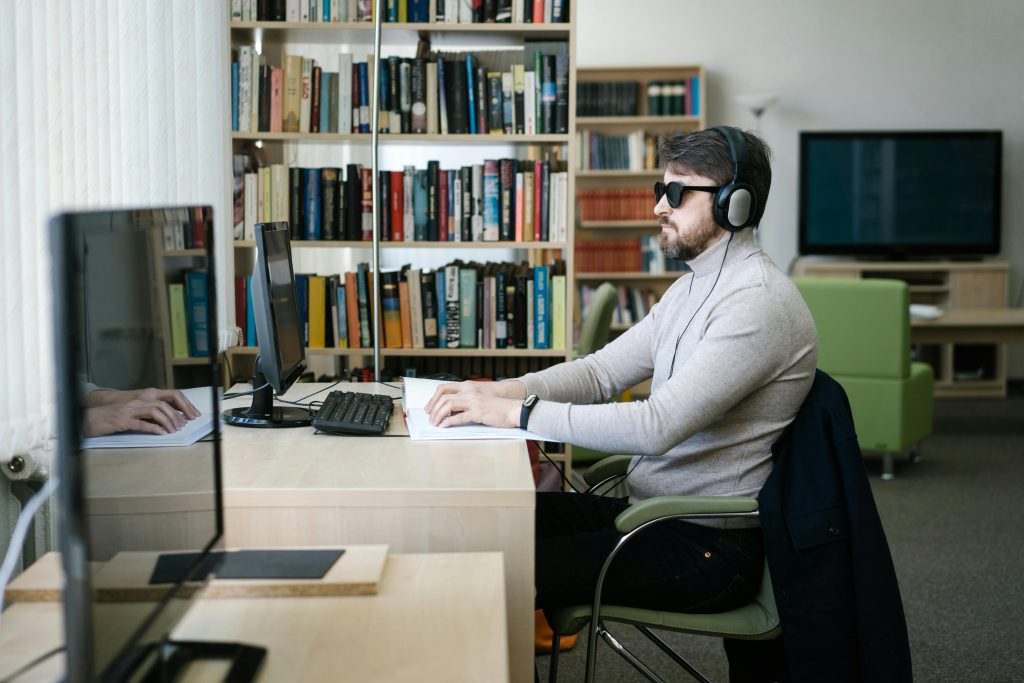
When Dr. Greg Moloney, an ophthalmic surgeon at Mount Saint Joseph Hospital in Vancouver, proposed the radical OOKP surgery, Chapman was both skeptical and intrigued. The idea of using a tooth to restore sight sounded unbelievable, but after years of disappointment, he decided to take the risk. “I thought, if this is the only chance I’ll ever have, I have to take it,” he said.
How the ‘Tooth-in-Eye’ Procedure Works
The surgery that restored Chapman’s sight is as fascinating as it is complex. The osteo-odonto-keratoprosthesis procedure transforms a tooth into a living support for an artificial corneal lens. Surgeons extract one of the patient’s teeth—typically a canine or premolar—along with a portion of the jawbone. This tooth is sculpted into a small block and drilled through the center to hold a clear plastic lens.
But the tooth isn’t implanted into the eye immediately. First, it’s placed beneath the skin of the cheek or shoulder, where it remains for several months. This allows living tissue to grow around it, integrating it into the body and reducing the chance of rejection. During this time, the eye is carefully prepared: scar tissue is removed, and tissue from the inside of the cheek is grafted over the eye to create a new, stable surface.
In the second stage, the tooth-lens implant is removed from the cheek and placed inside the eye, under the cheek tissue graft. The tiny plastic lens becomes the new “window,” allowing light to pass through to the retina. The finished result looks unusual—an eye with a faint pink hue and a small circular opening at its center—but it functions remarkably well.
Using a tooth may sound eccentric, but biologically, it makes perfect sense. The dentin in teeth is dense and durable, offering a natural anchor that integrates seamlessly with the body. Because it’s made from the patient’s own tissue, the risk of immune rejection is minimal. This inventive approach is a triumph of biomedical engineering, demonstrating how the human body can be repurposed to heal itself in extraordinary ways.
Doctors describe the surgery as “biological prosthetics”—a blend of natural and artificial elements that restore sight where traditional transplants fail.
The History of an Unusual Operation

The idea of putting a tooth in an eye traces back to the 1960s, when Italian surgeon Benedetto Strampelli pioneered the concept. At that time, medical technology offered little hope to patients with corneal scarring. Strampelli’s method, though unconventional, achieved remarkable results. Later, Dr. Giancarlo Falcinelli refined the technique into the modern version known as OOKP.
Since then, the surgery has slowly spread to specialized centers in Europe, Australia, and a few other parts of the world. In long-term Italian studies, nearly 94% of patients retained useful vision even two decades after their operation—a level of success unmatched by most other vision-restoration surgeries.
However, OOKP remains exceptionally rare. The procedure requires a multidisciplinary team of oral surgeons, ophthalmologists, and reconstructive specialists working in perfect synchronization. Training takes years, and only a handful of surgeons worldwide are qualified to perform it.
Despite these challenges, the operation’s success rate and durability have made it a beacon of hope for patients once considered beyond medical help. And now, with Chapman’s case, the groundbreaking technique has reached a new frontier—Canada.
The First Canadian Success Story

Chapman’s surgery was historic: he became the first patient in Canada to undergo the OOKP procedure. The operation was part of a pilot program led by Dr. Moloney and his team, marking a significant milestone in North American ophthalmology.
The process unfolded over several months—from the extraction of Chapman’s tooth to the final implantation. When he awoke after the last stage, light flooded into his right eye for the first time in more than 20 years. His vision began blurry, but within weeks, it sharpened to 20/30—nearly normal eyesight.
The first person he saw was his surgeon. “We both just broke down crying,” Chapman recalled. “It was the first time I’d looked someone in the eyes in two decades.”
His success is now paving the way for others. Chapman is one of six patients enrolled in the Canadian pilot program, and doctors hope to establish a permanent OOKP clinic in Vancouver, potentially the only one in North America. If approved, it could offer new hope to hundreds of blind individuals who currently have no treatment options.
Risks and Challenges of Tooth-in-Eye Surgery
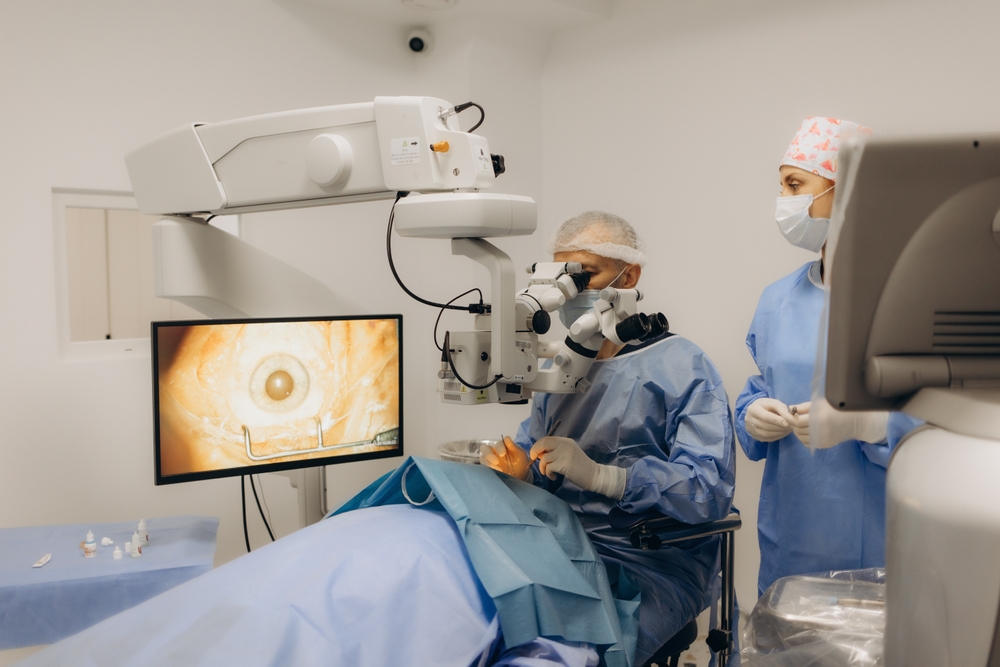
Despite its promise, OOKP is not without risks. The surgery is invasive and requires two major operations, each followed by months of recovery. Infection, tissue rejection, and implant failure are possible. Because the procedure relies on the health of the retina and optic nerve, it can only help patients whose blindness stems from corneal damage, not deeper ocular disease.
There are also psychological challenges. The resulting eye looks different, with a small circular lens visible at the center. For some, the cosmetic change can be difficult to accept. Still, for most patients, the return of sight far outweighs any aesthetic concerns.
Long-term data remains overwhelmingly positive. Studies show that the vast majority of OOKP patients retain functional vision for decades. “For someone who has lived in complete darkness,” Dr. Moloney explained, “the risks are more than worth the chance to see again.”
However, accessibility remains a challenge. The cost, complexity, and scarcity of trained specialists mean that OOKP will likely remain a rare option—reserved for those who have truly exhausted all other possibilities.
A New Beginning for Chapman

For Brent Chapman, the transformation has been life-changing. Today, he wears dark glasses to protect his sensitive eye, but otherwise enjoys an active, independent life. He can read signs, recognize faces, and walk unaided through the streets of Vancouver. He dreams of traveling, seeing new landscapes, and perhaps even playing basketball again—the sport he loved as a child before his blindness.
Emotionally, the experience has been profound. Making eye contact after decades of darkness brought tears not just of joy but of rediscovery. “It’s like waking up from a 20-year dream,” he said. “I finally feel connected to the world again.”
His story has already inspired others to inquire about the surgery, offering new hope to those living with irreversible corneal blindness. Chapman continues to advocate for awareness of this procedure, hoping that his journey will encourage both doctors and patients to explore innovative solutions.
Science, Resilience, and the Unlikely Power of a Tooth
Brent Chapman’s recovery is more than a medical triumph—it’s a testament to human resilience and the ingenuity of science. The fact that a tooth—an organ meant for chewing—could restore vision is a poetic reminder of how biology can be reimagined.
His journey bridges the line between science and miracle, showing that healing sometimes emerges from the most unexpected sources. For those who have lost hope, Chapman’s story is a light in the dark. For scientists and surgeons, it’s a call to keep pushing the boundaries of what’s possible.
In a world where medicine continues to evolve at breathtaking speed, one man’s sight restored by his own tooth reminds us that innovation often begins with courage—the courage to try the impossible.
News in the same category

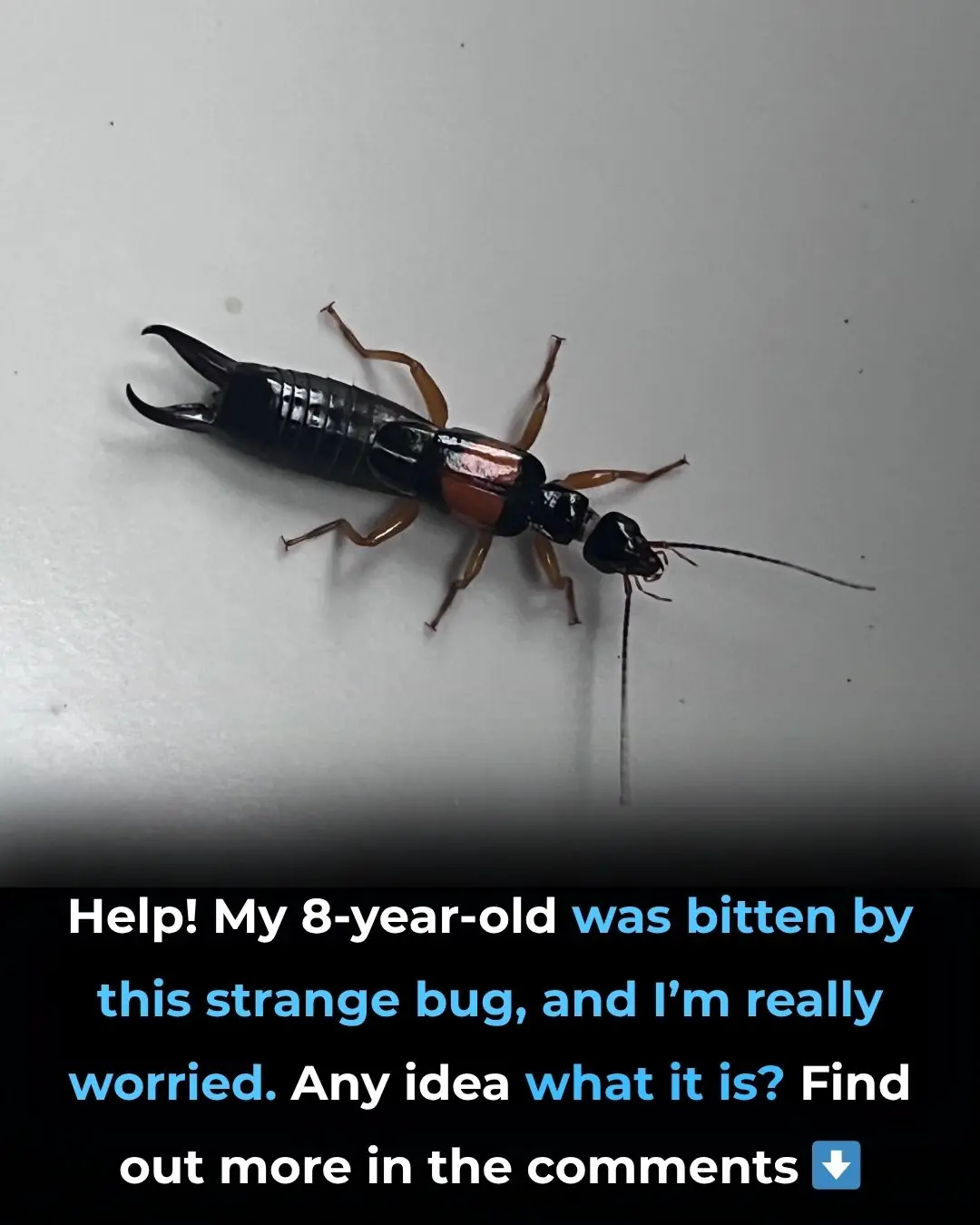
What to Do If Your Child Is Bitten by a Strange Bug

If you're caught Googling these four words Police may show up at your house
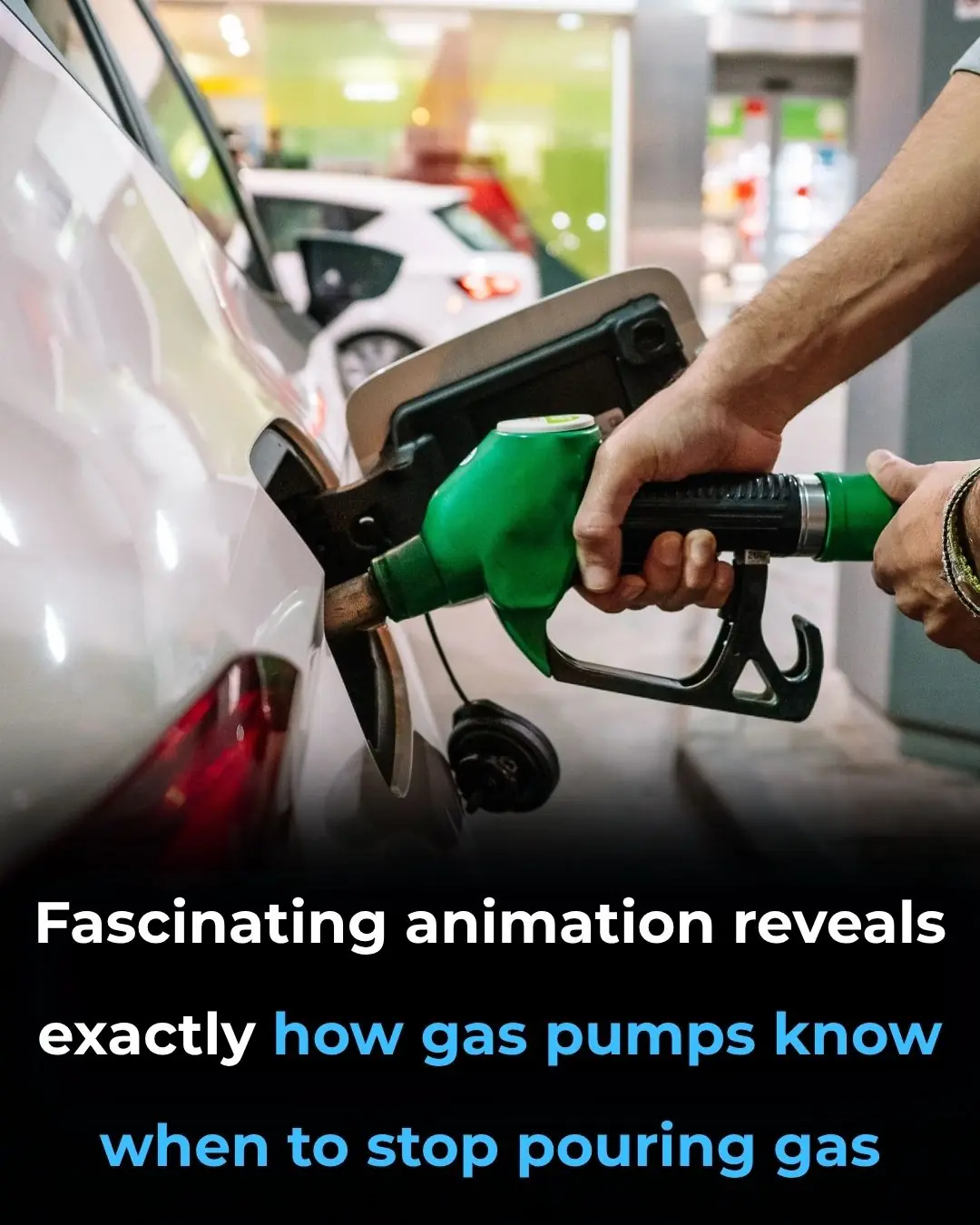
Fascinating animation reveals exactly how gas pumps know when to stop pouring gas
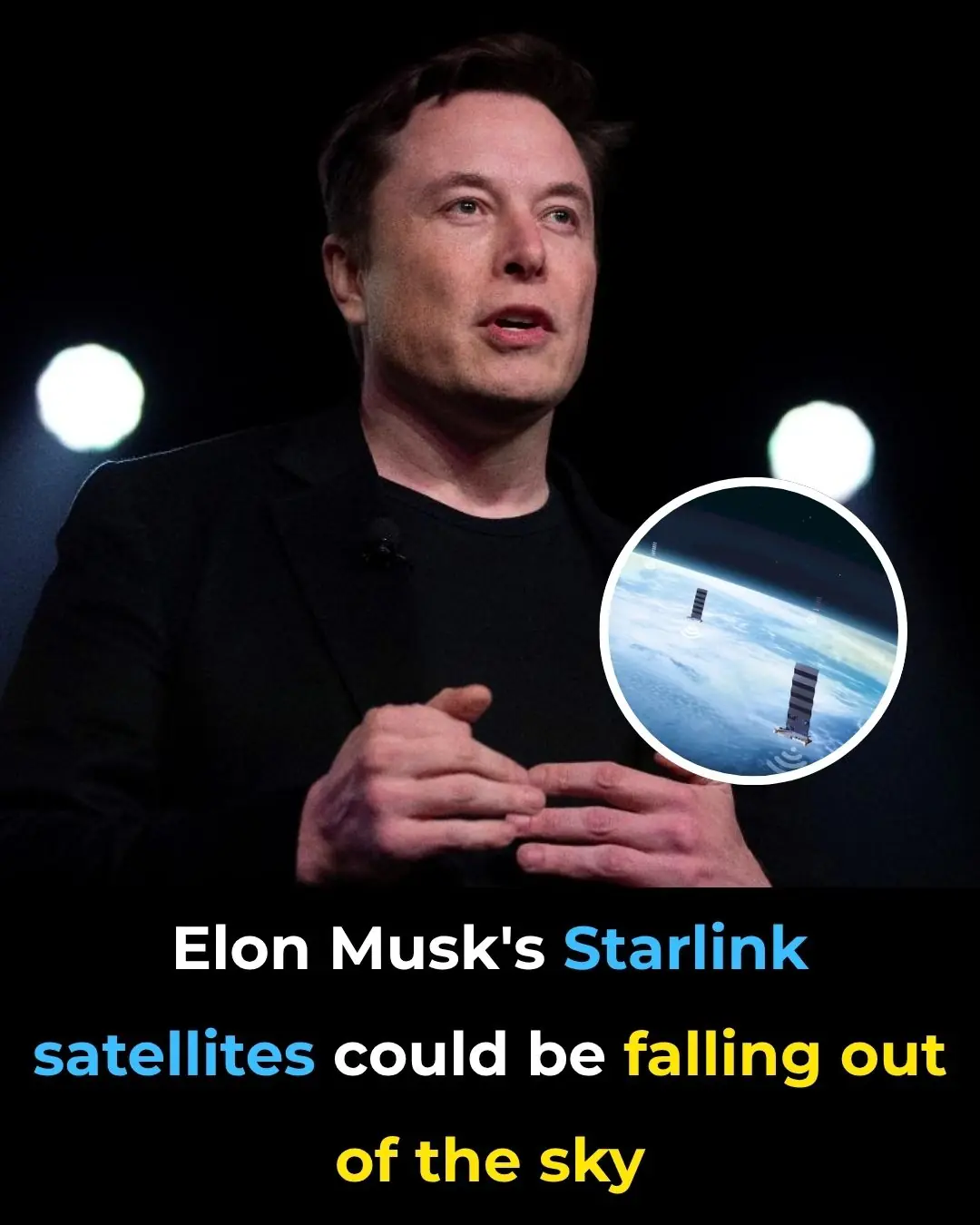
Elon Musk's Starlink satellites could be falling out of the sky
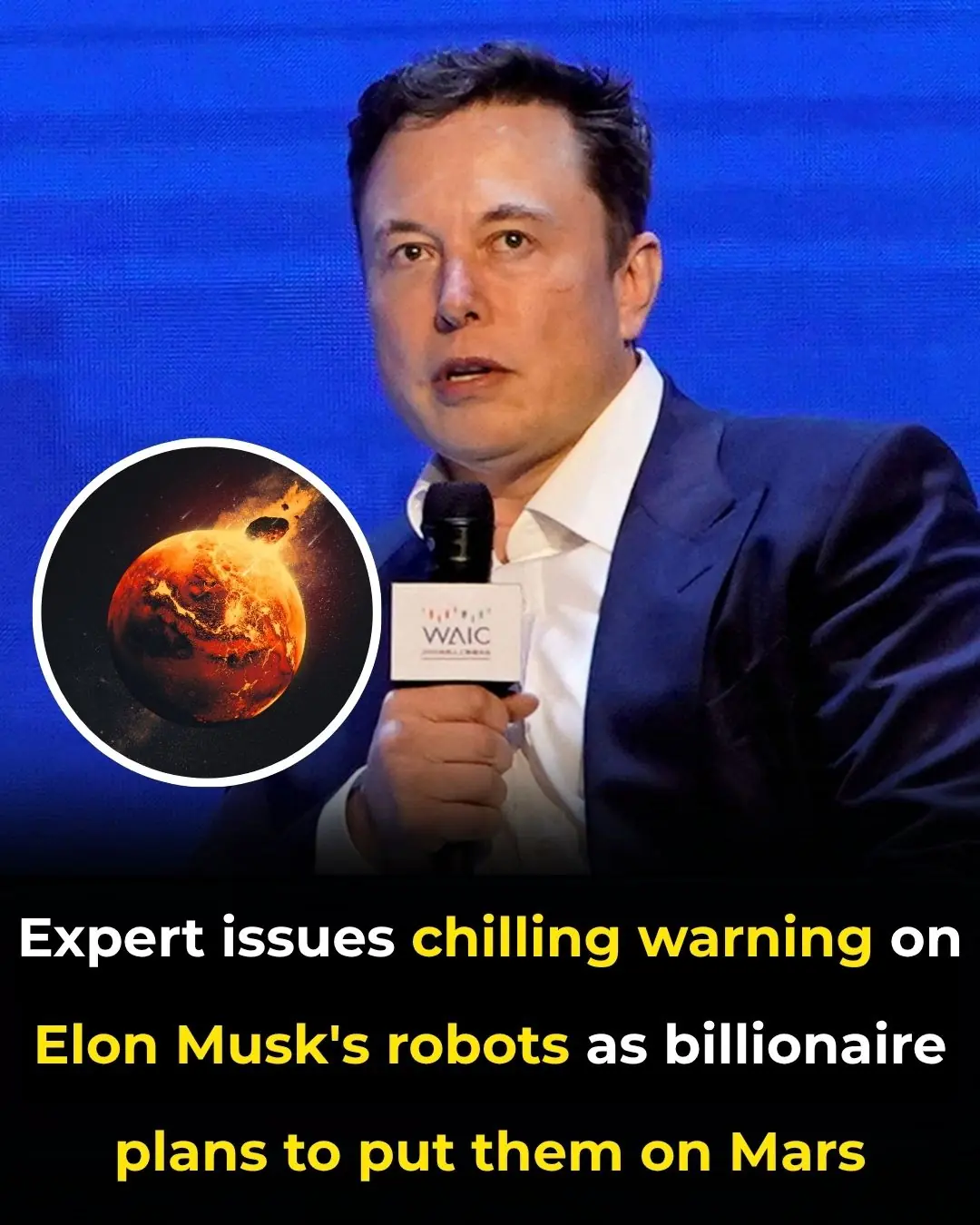
Expert issues chilling warning on Elon Musk's robots as billionaire plans to put them on Mars
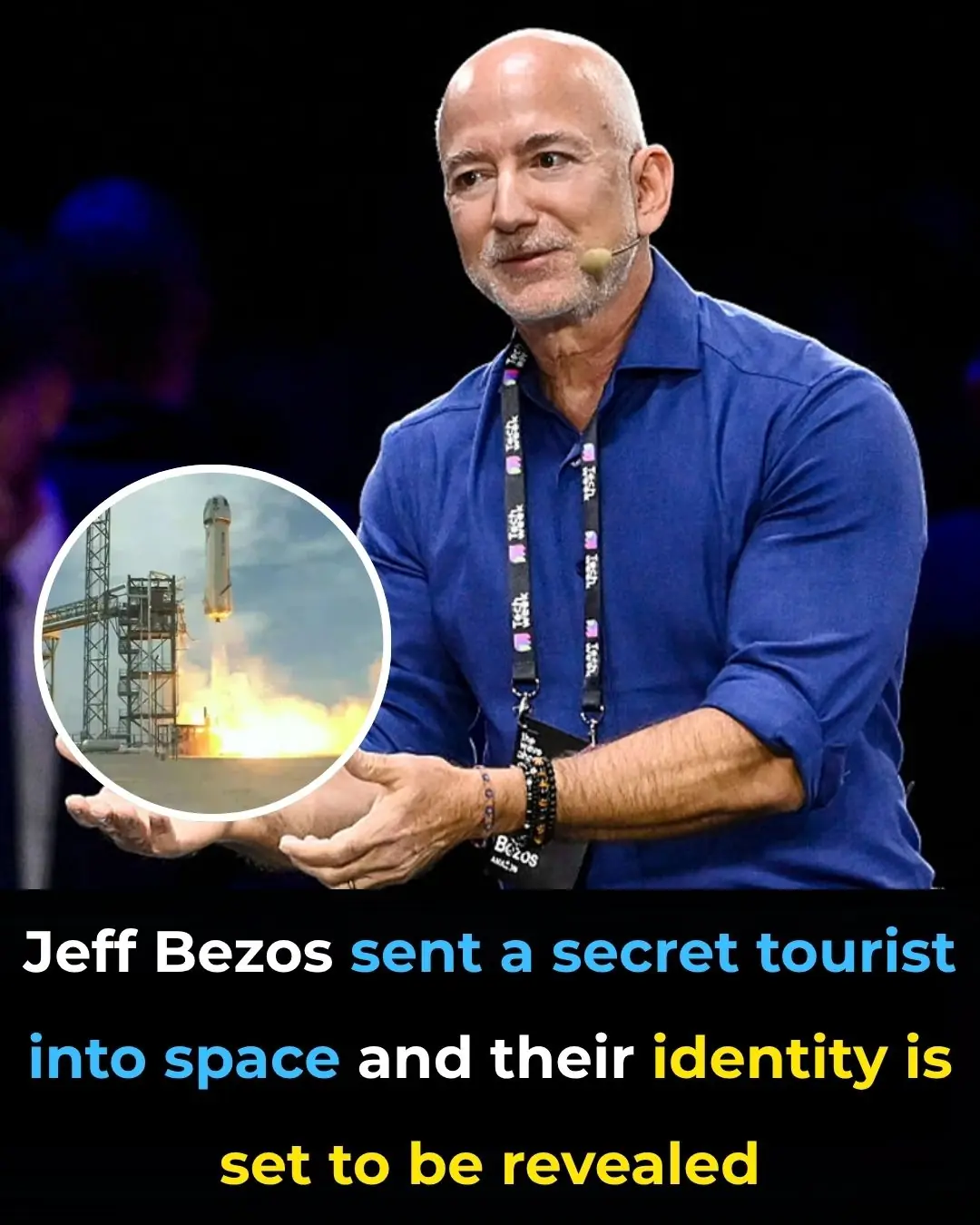
Jeff Bezos sent a secret tourist into space and their identity is set to be revealed

Super typhoon set to send shockwaves through the US is just days away
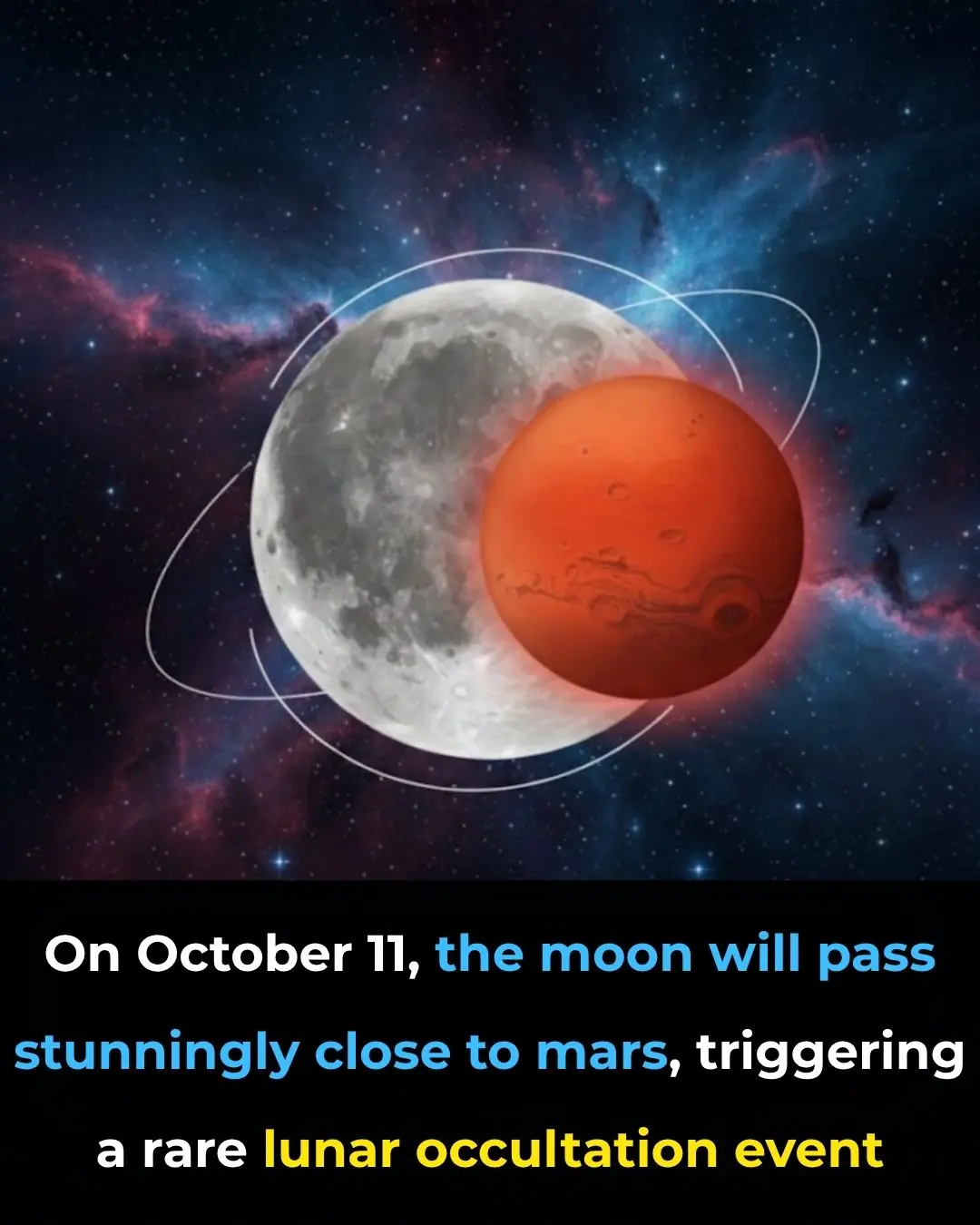
Moon Meets Mars: A Dazzling Celestial Encounter on October 11, 2025
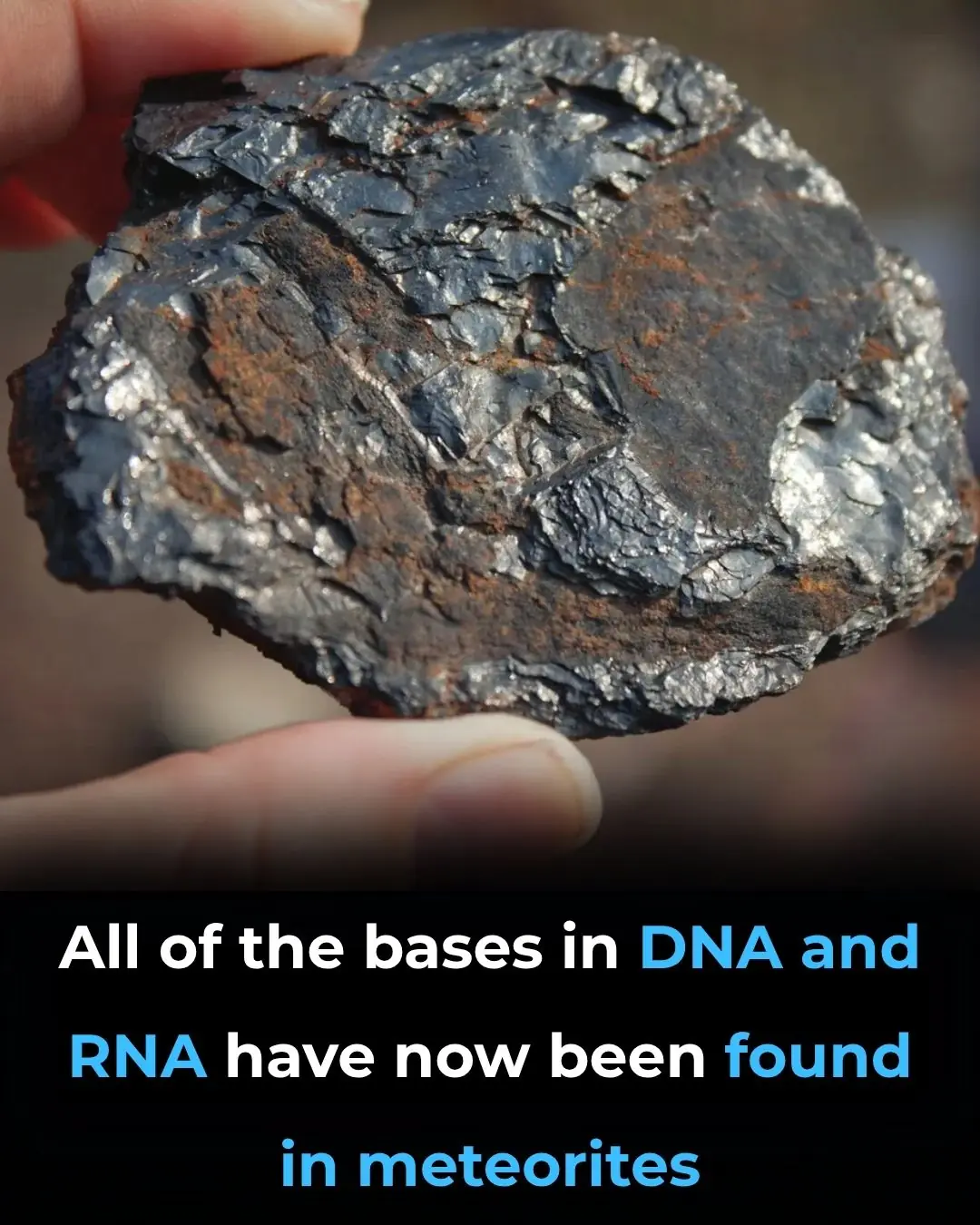
All DNA and RNA Bases Found in Meteorites: Life’s Origins May Be Cosmic

Did You Know? A Spider in Your Home Could Be a Powerful Sign
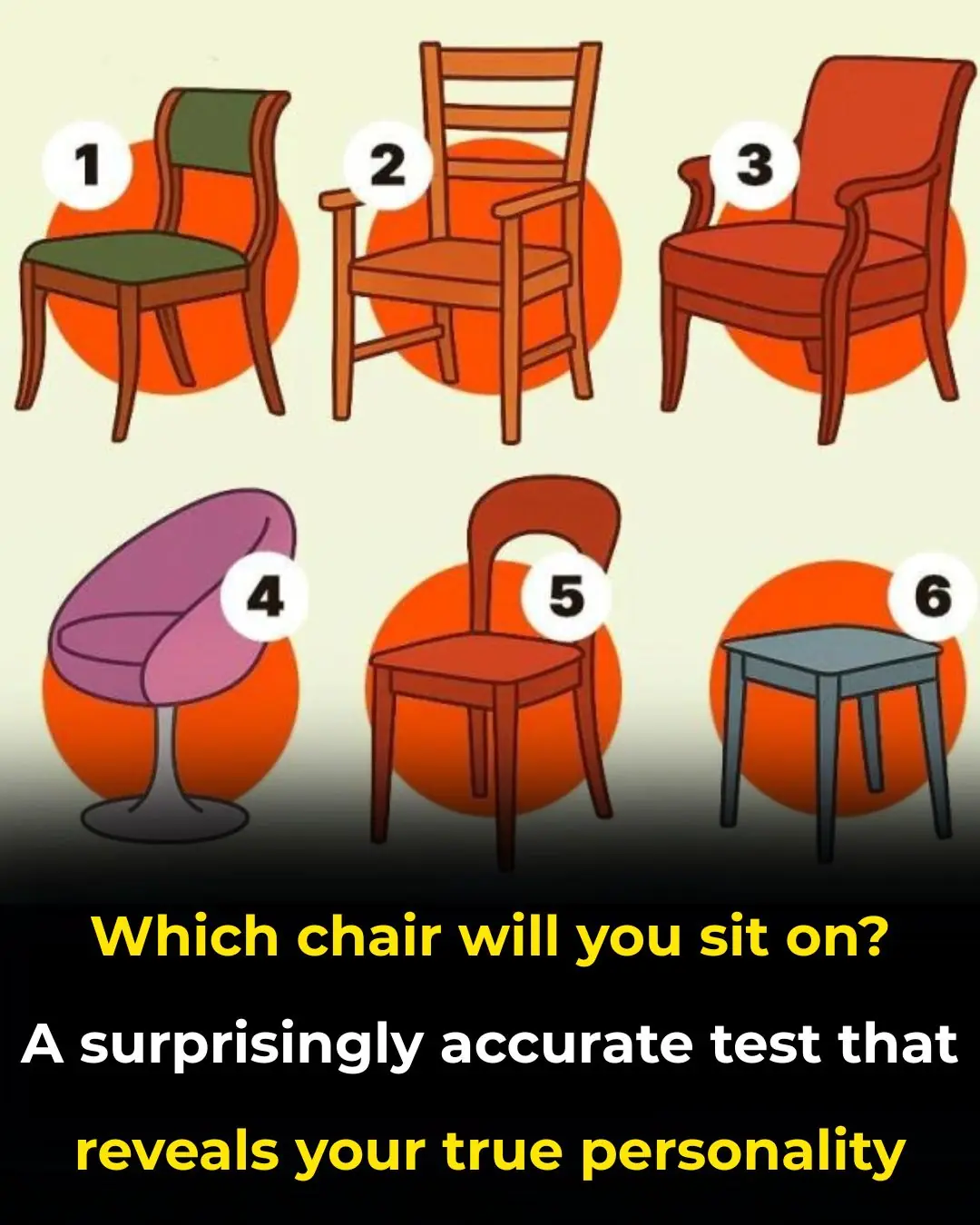
Which Chair Would You Choose

Why some men cheat but choose to stay in their marriage — the truth few understand
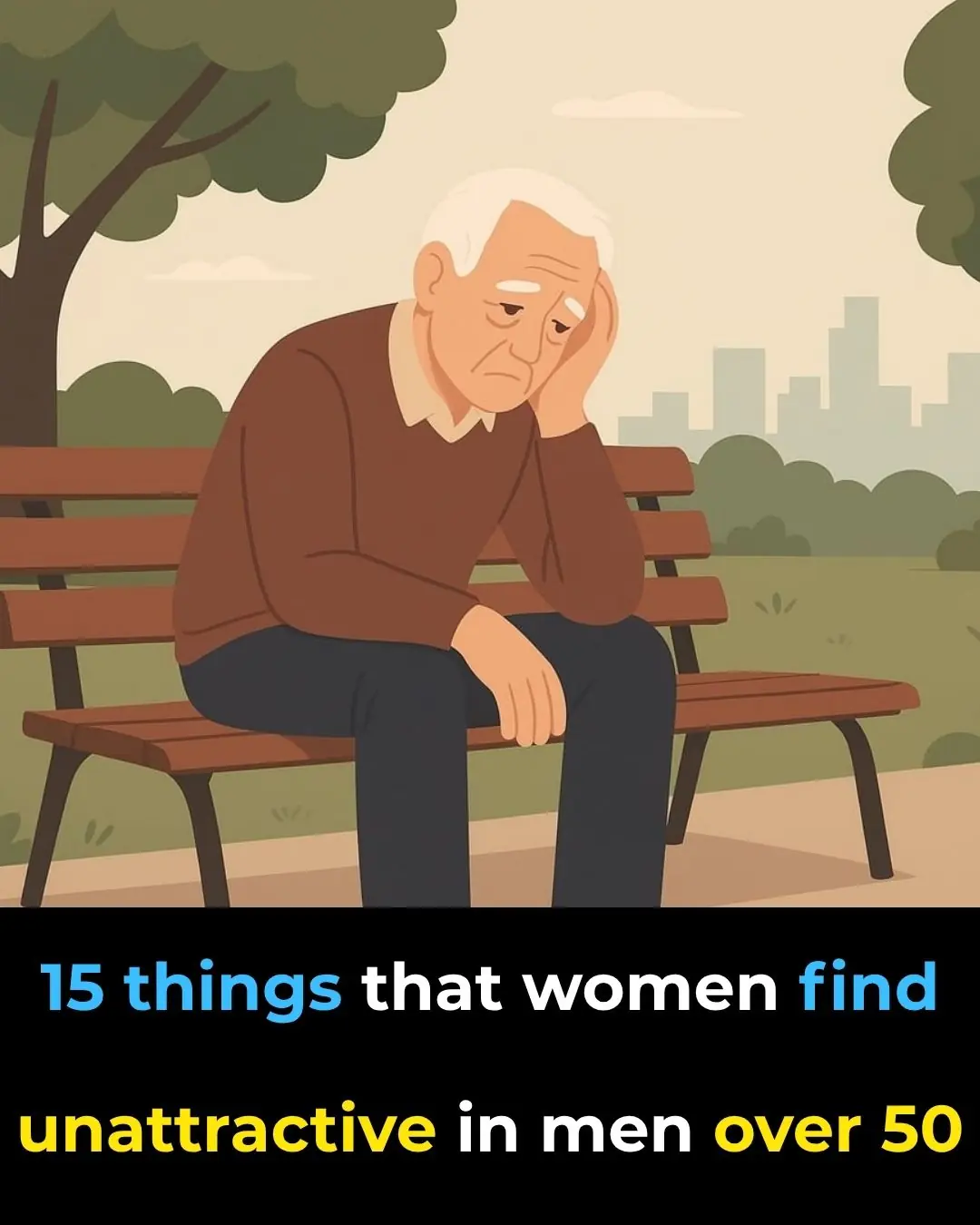
Things that make men instantly unattractive
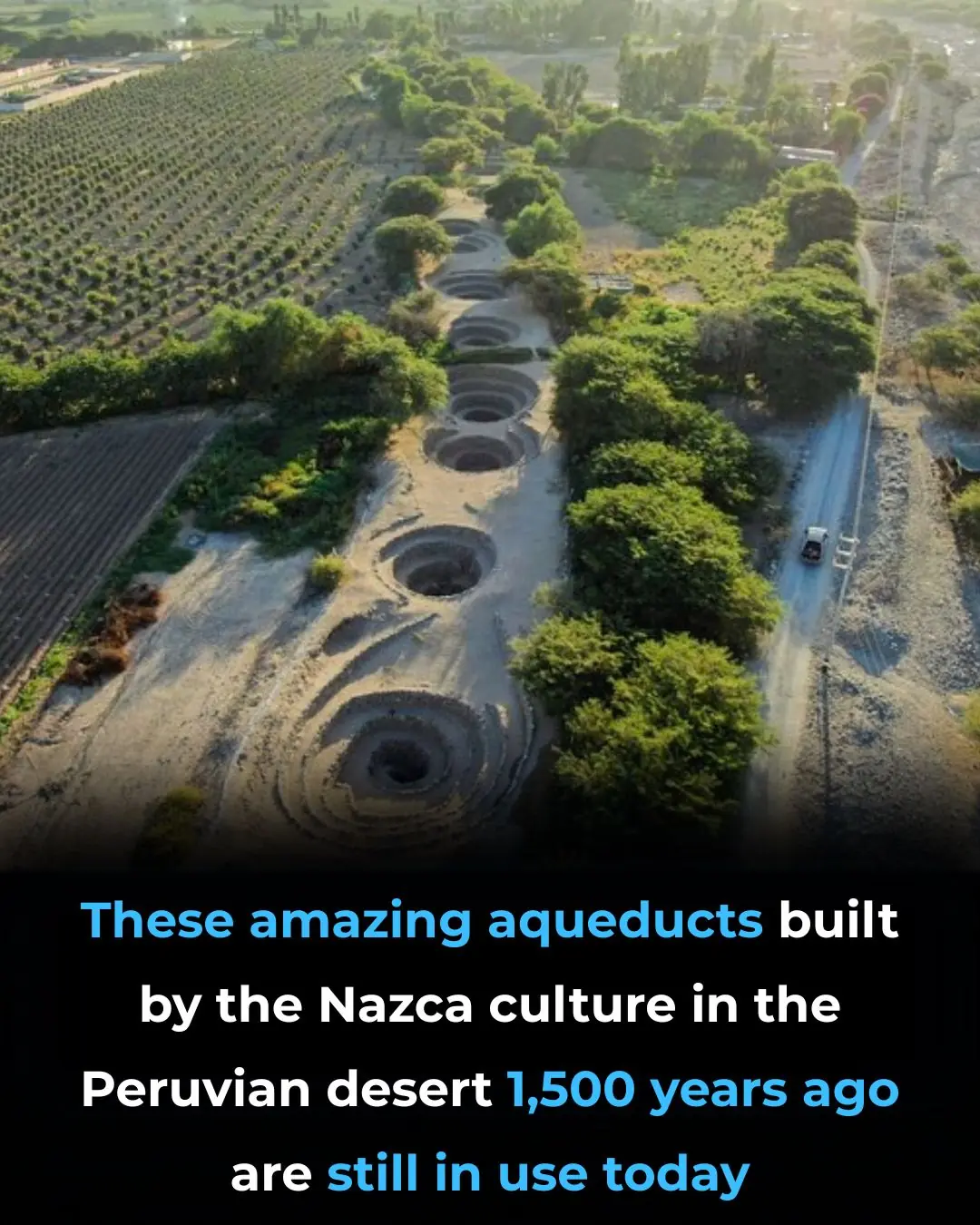
These Amazing Aqueducts Built By the Nazca Culture in the Peruvian Desert 1,500 Years Ago Are Still in Use Today
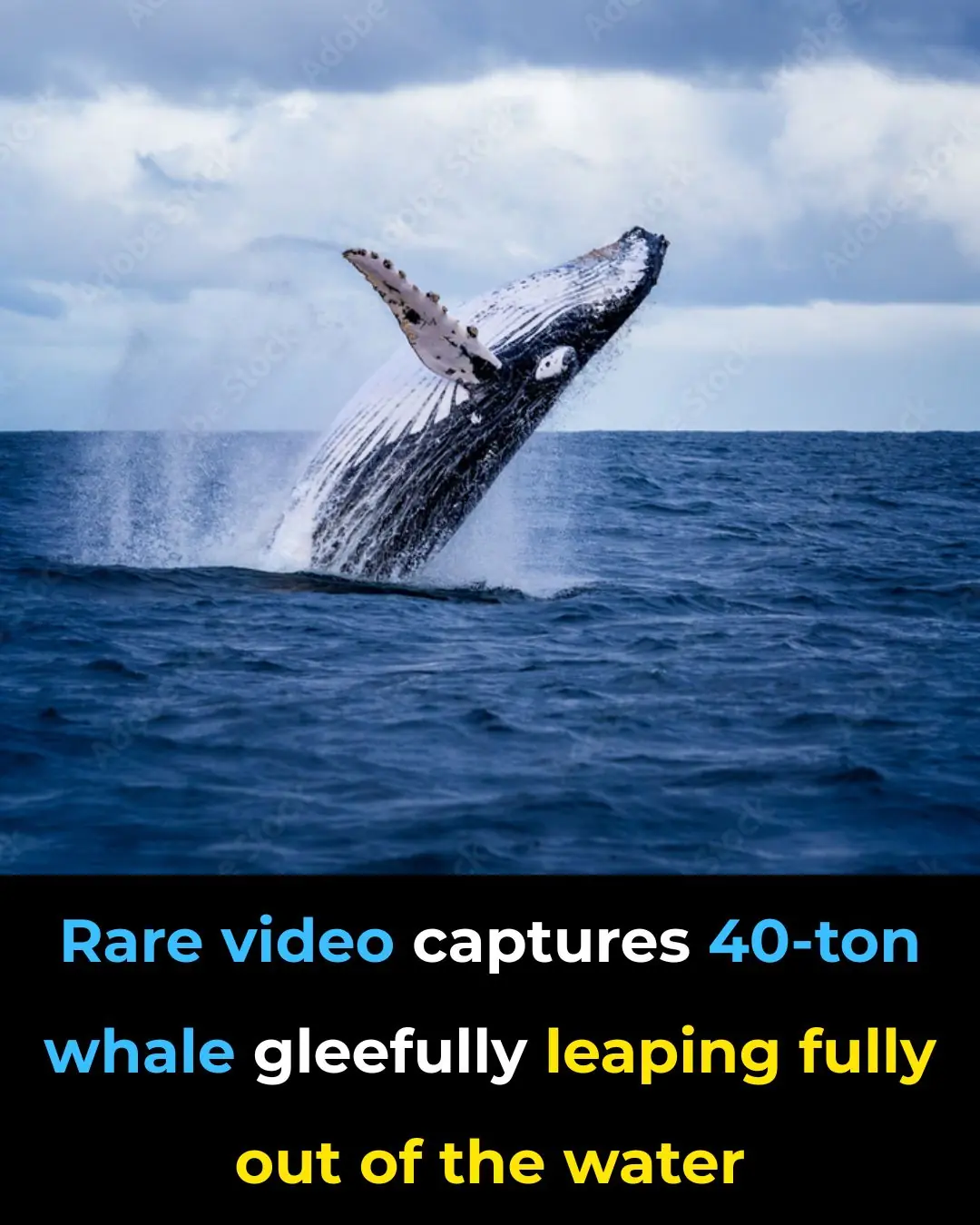
Rare Video Captures 40-Ton Whale Gleefully Leaping Fully Out of the Water

10+ Scandinavian Houses With Green Roofs Look Straight Out Of A Fairytale

I Captured The Beautiful Winter In The Northern Part Of Sweden
News Post
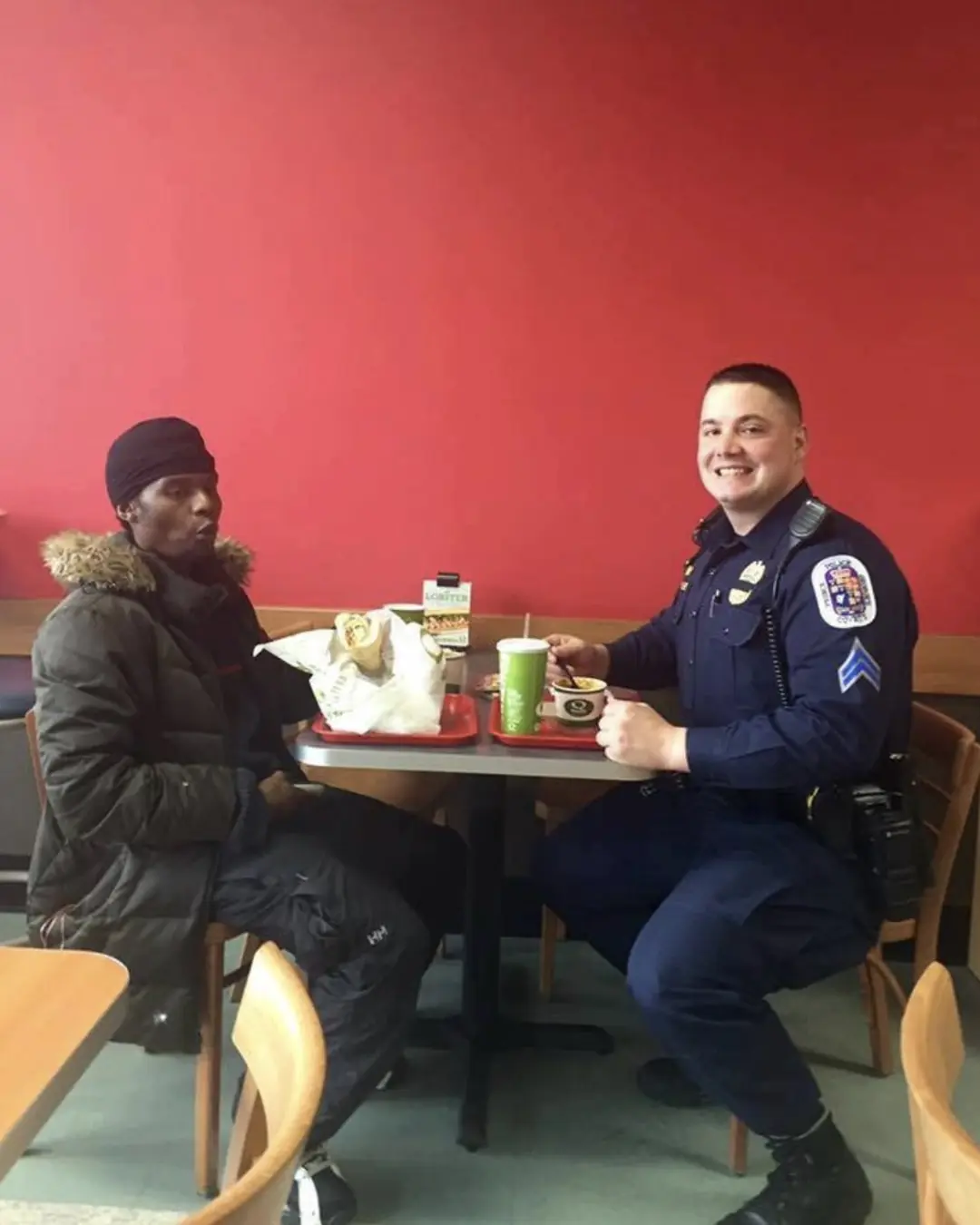
The Man Who Remembers Hunger: Why One Act of Kindness Matters.
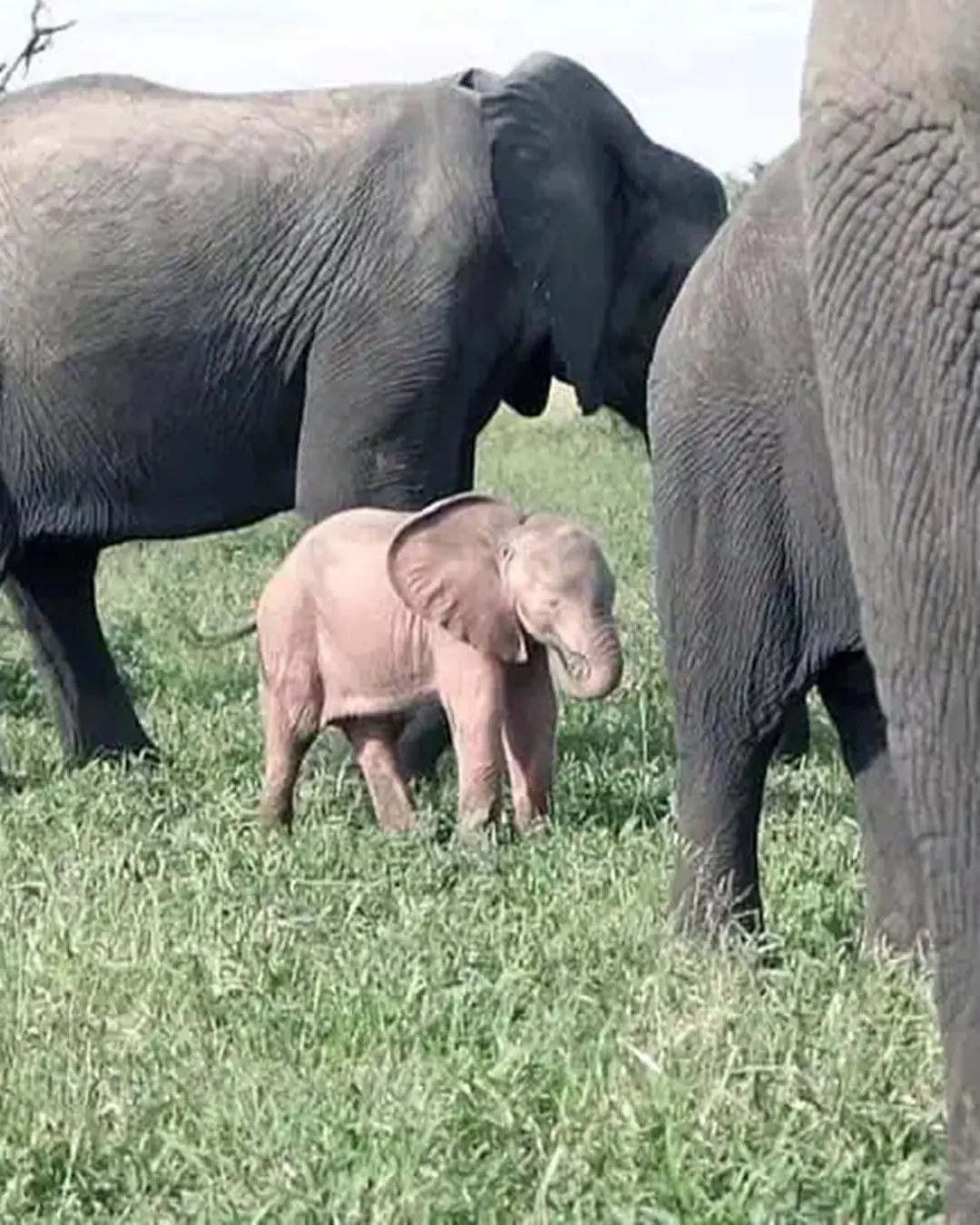
The Little Elephant Who Was Born Different: A Pink Calf in the Wild

When Love Has No Address: A Man and His Dogs

A Boy, a Soldier, and an Umbrella: A Timeless Gesture of Respect
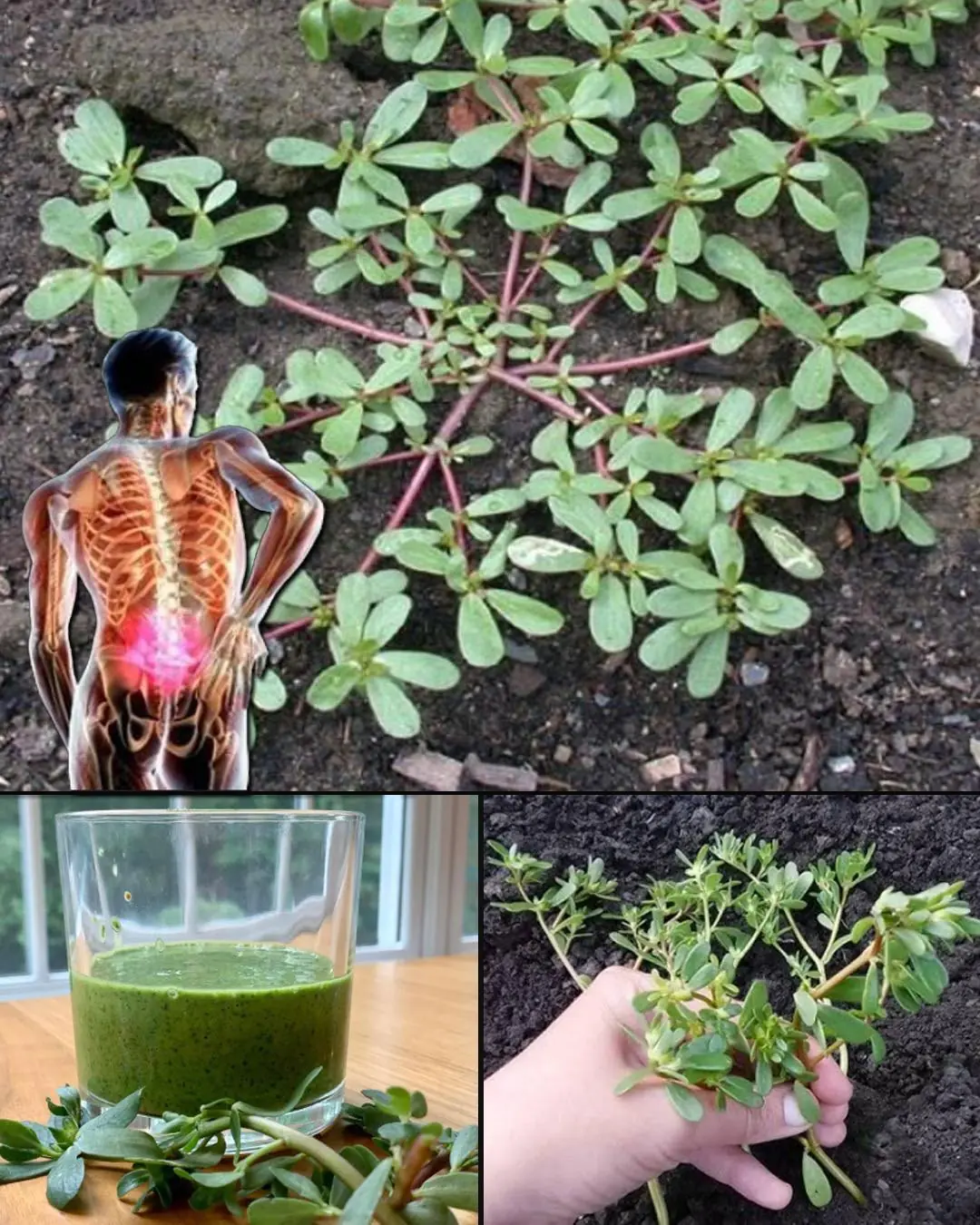
Purslane: The Superfood That Tastes Better Than Meat – 7 Reasons to Grow It in Your Garden

Don't Throw Old Tomatoes in the Trash.Turn them into flavorful tomato powder.
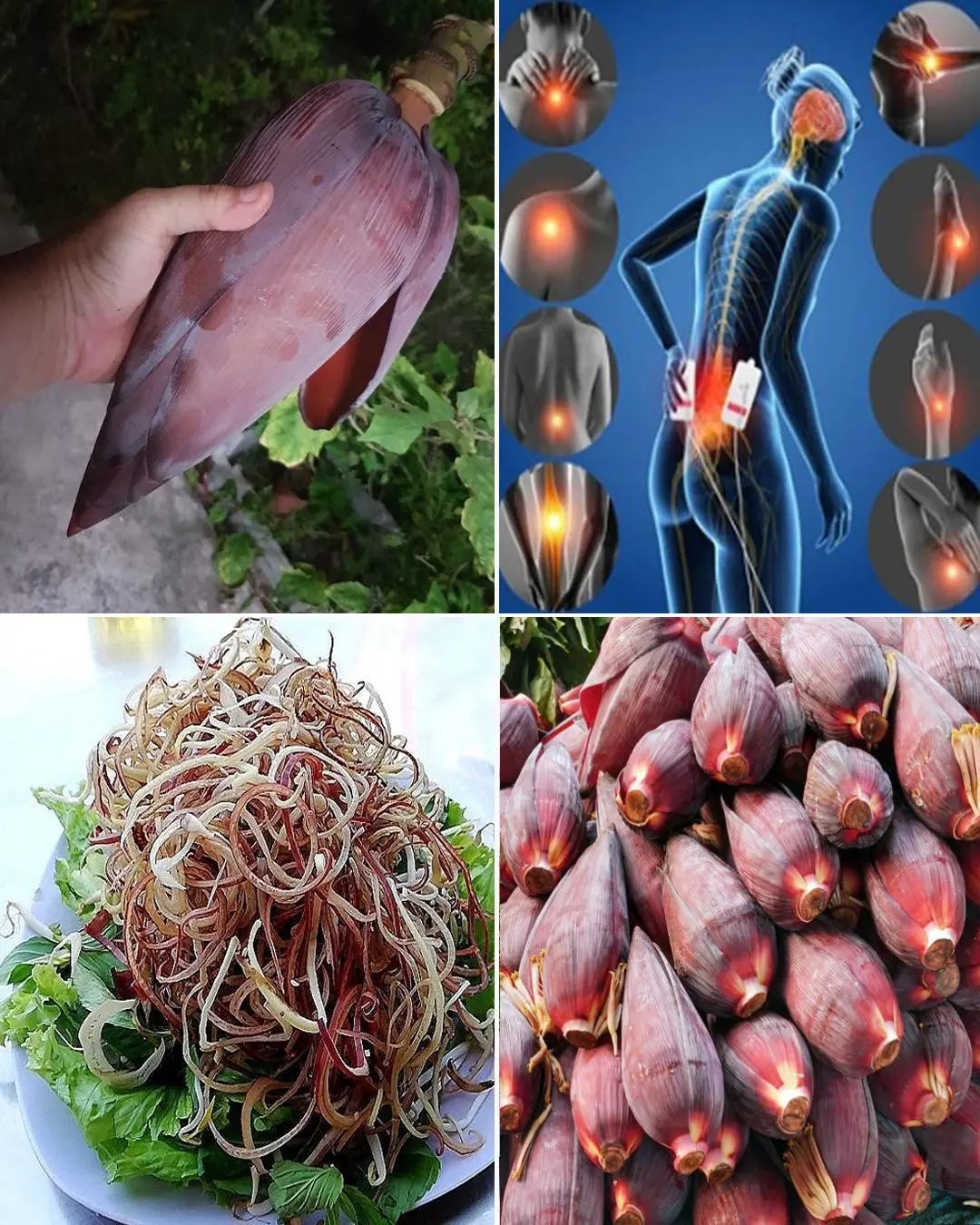
Banana Blossom: Health Benefits, Recipes, and Uses
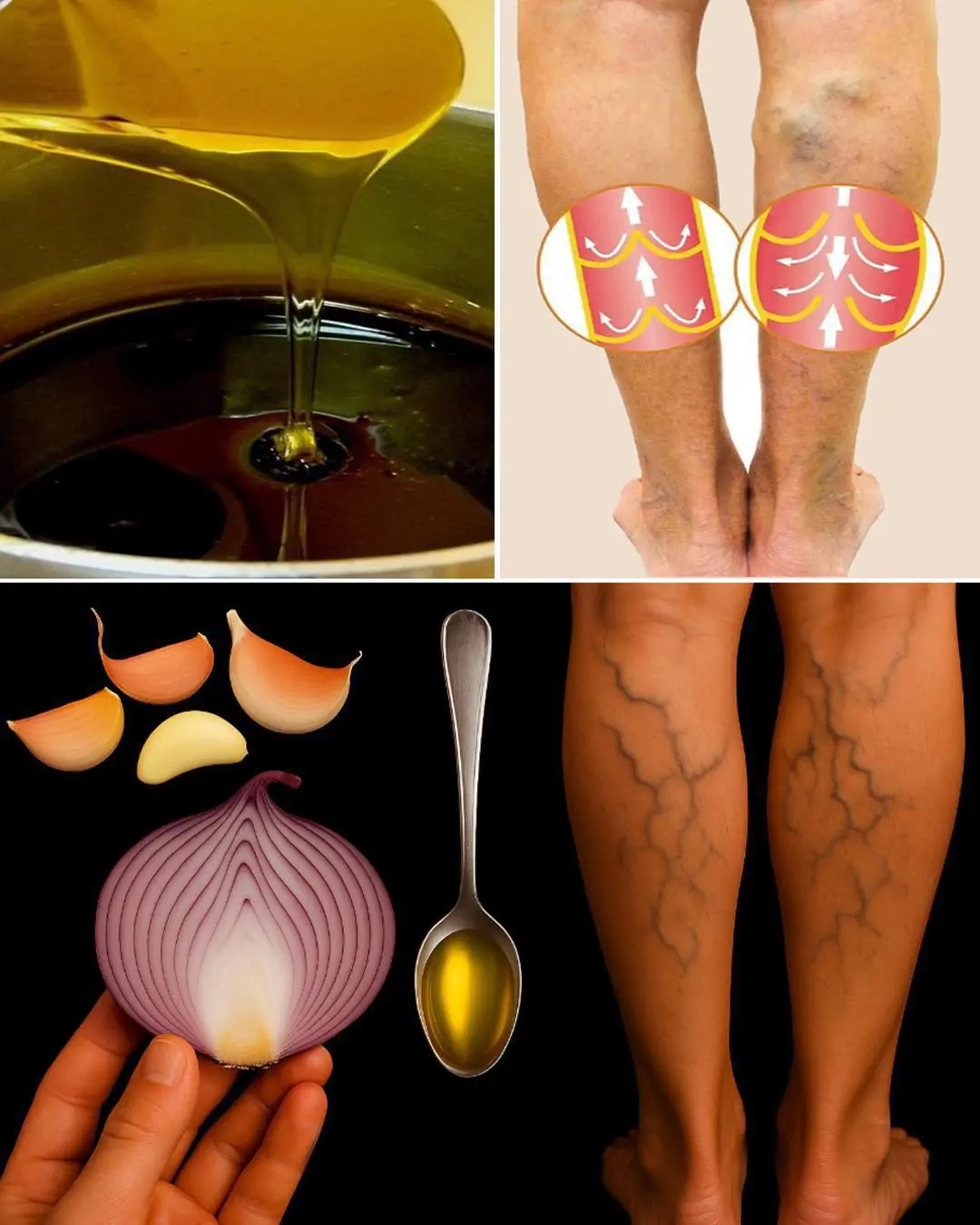
Onion, Garlic, and Olive Oil Remedy for Varicose Veins: Natural Treatment and Benefits

The Photo of the Year: A Glimpse of Courage the World Must Not Forget
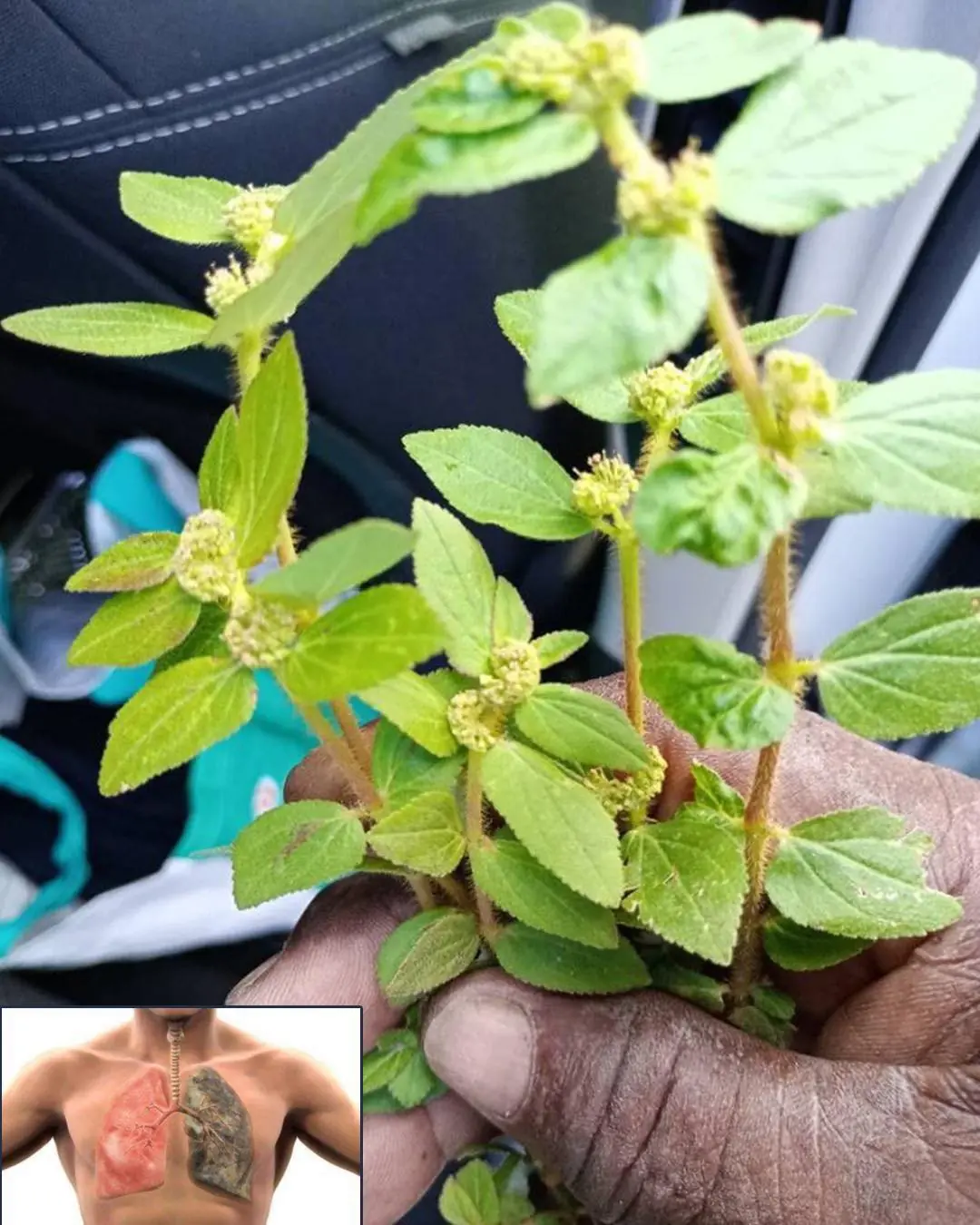
7 Surprising Benefits of Euphorbia Hirta
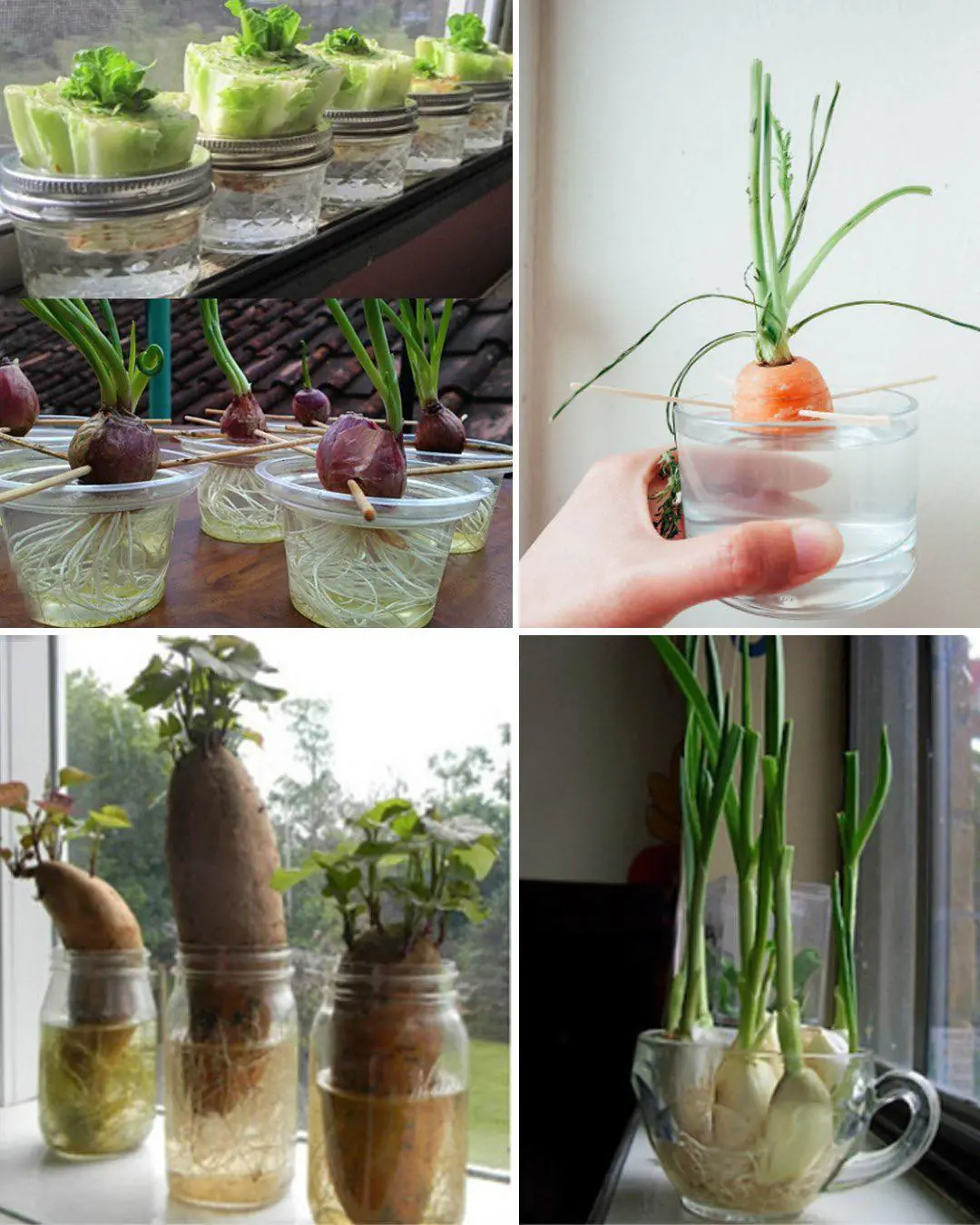
How to Regrow Food in Water: 10 Foods that Regrow Without Dirt
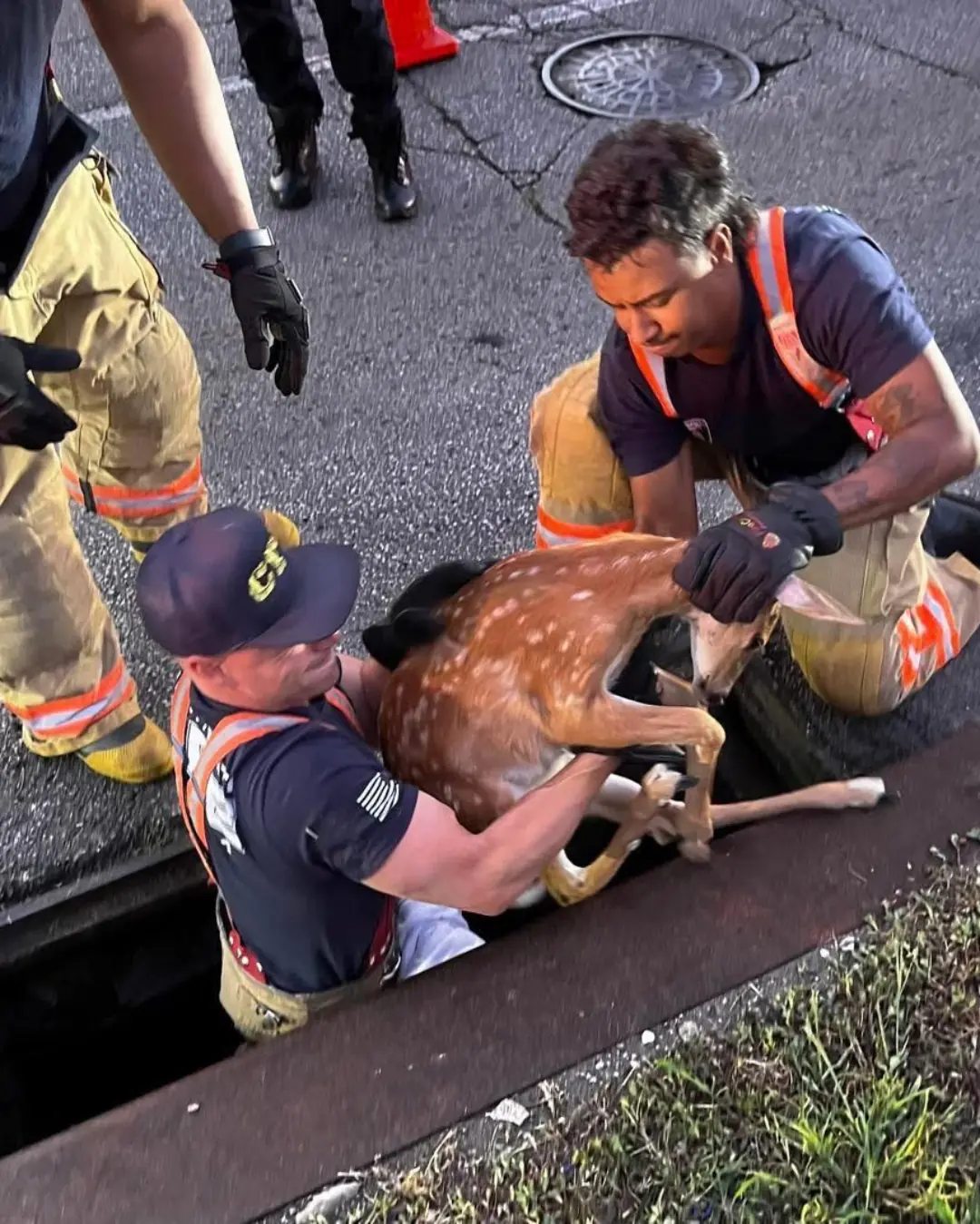
Firefighters Save Trapped Fawn from Storm Drain, Reuniting It with Nature
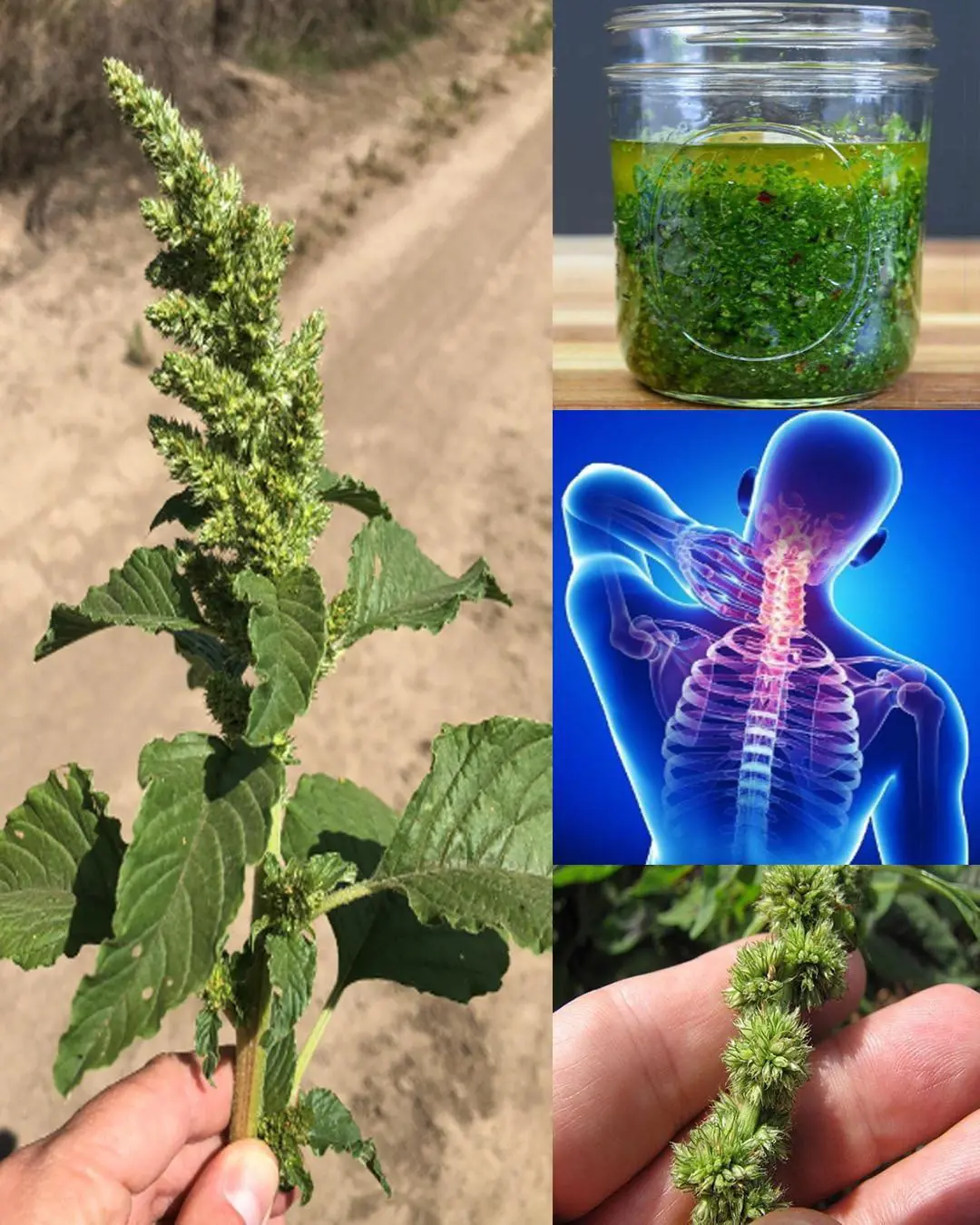
10 benefits of pigweed
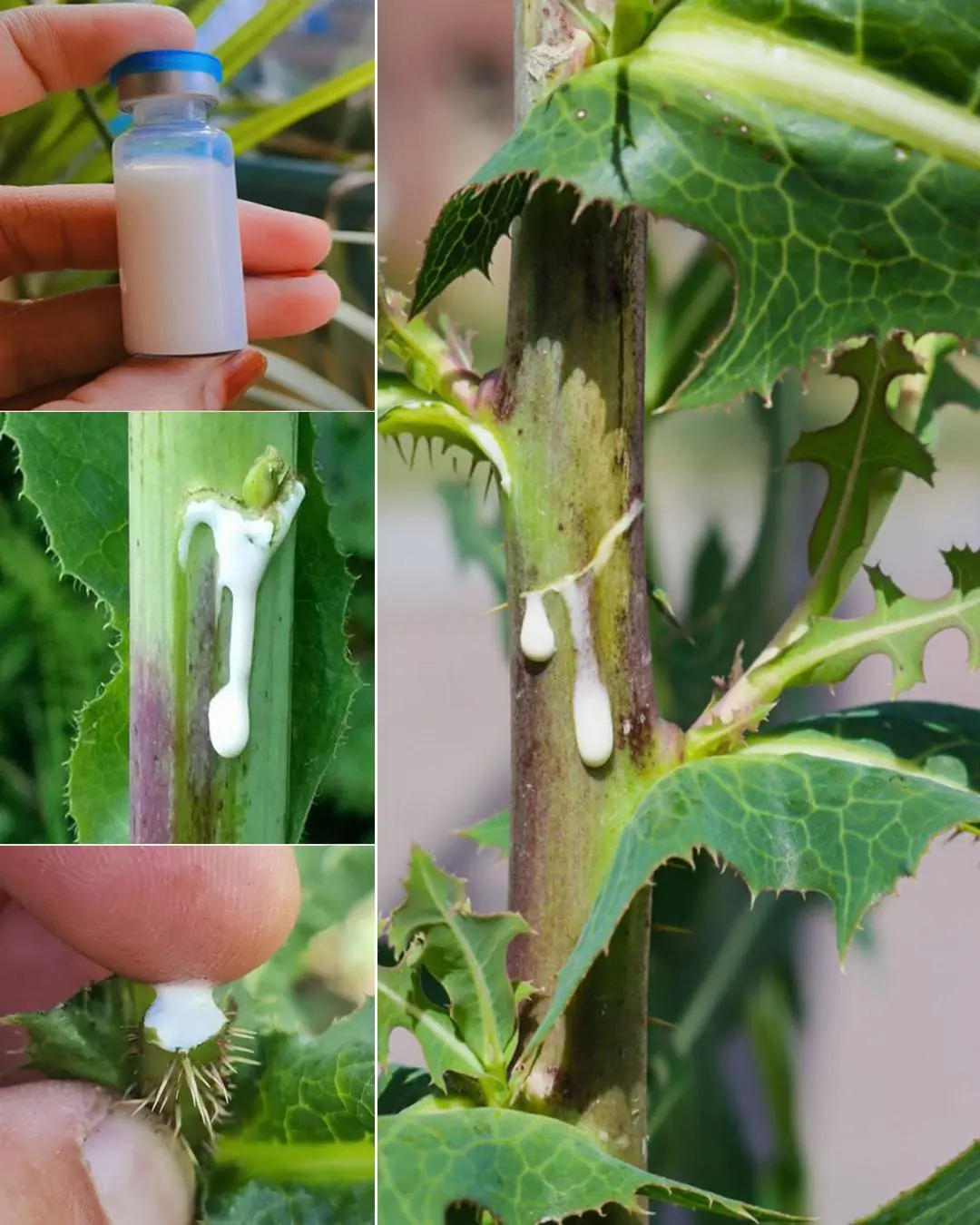
Wild Lettuce Sap: Benefits and Uses

When “Just a Dog” Becomes the Difference Between Life and Death

Teddy’s Hug: A Rescue Story of Unbreakable Love
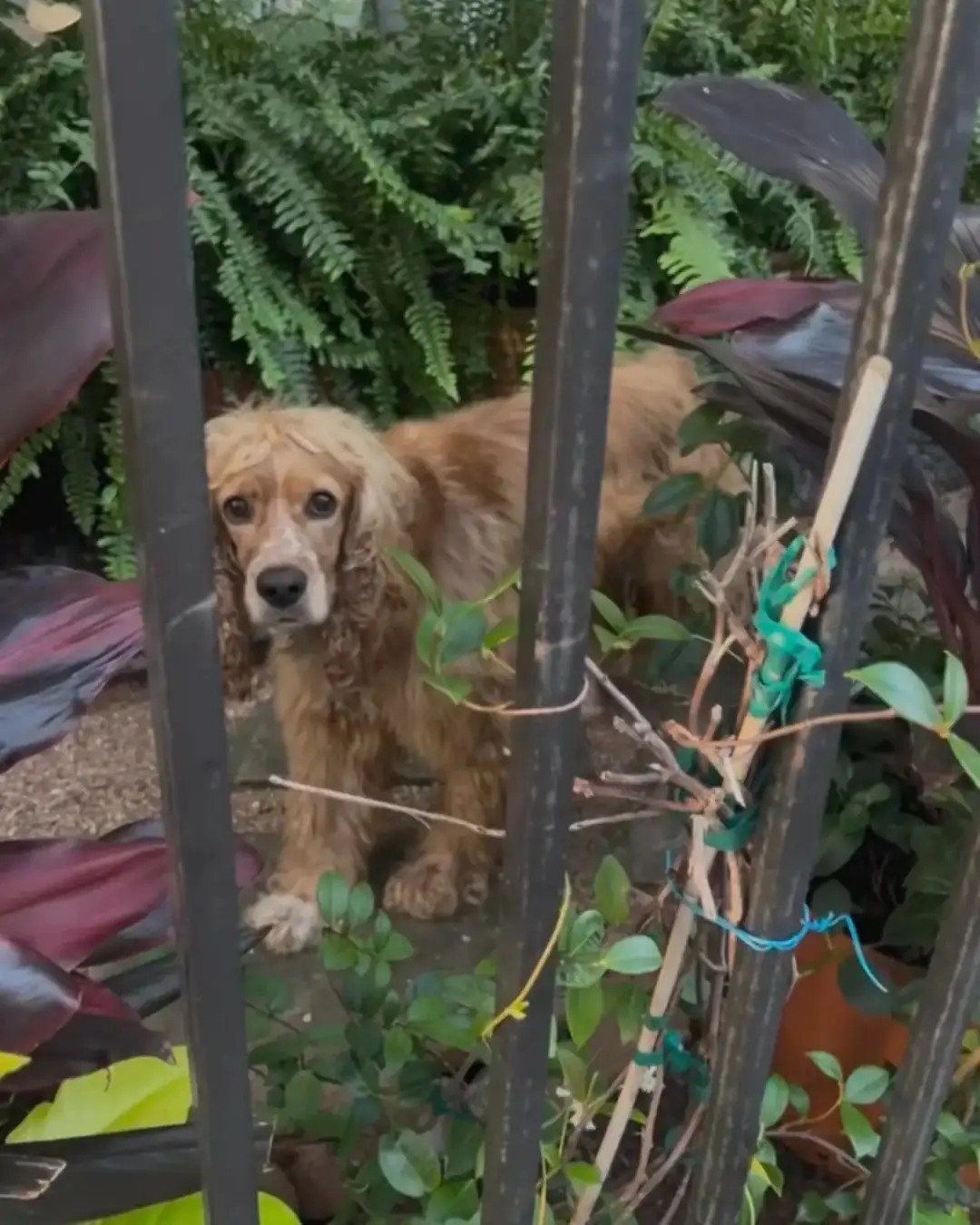
Benny’s Redemption: A Journey from Loneliness to Love

Man has stroke after bathing right after meal: 3 mistakes you shouldn’t make
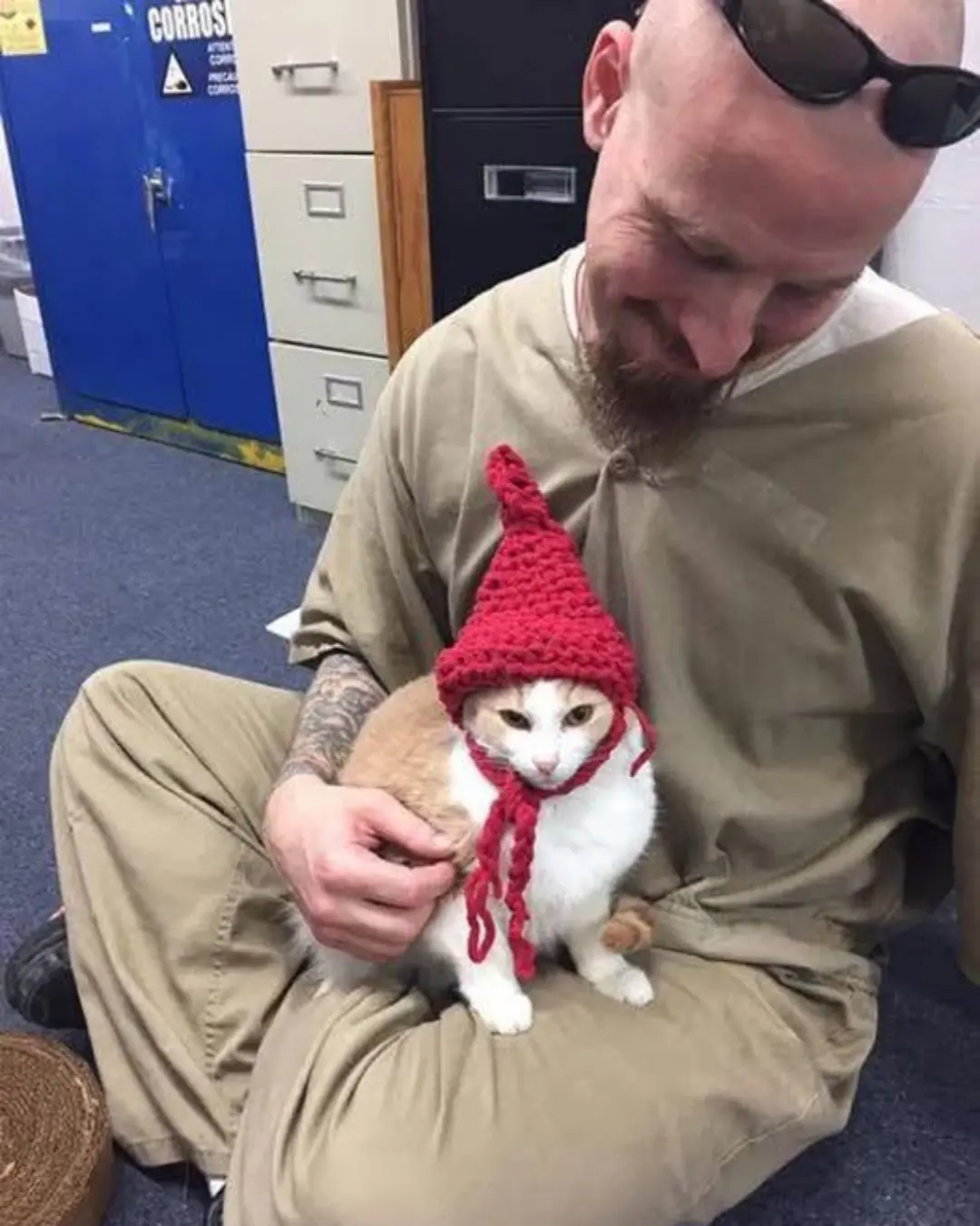
Redemption in Yarn and Paws: How a Cat Gave My Brother Back His Life
